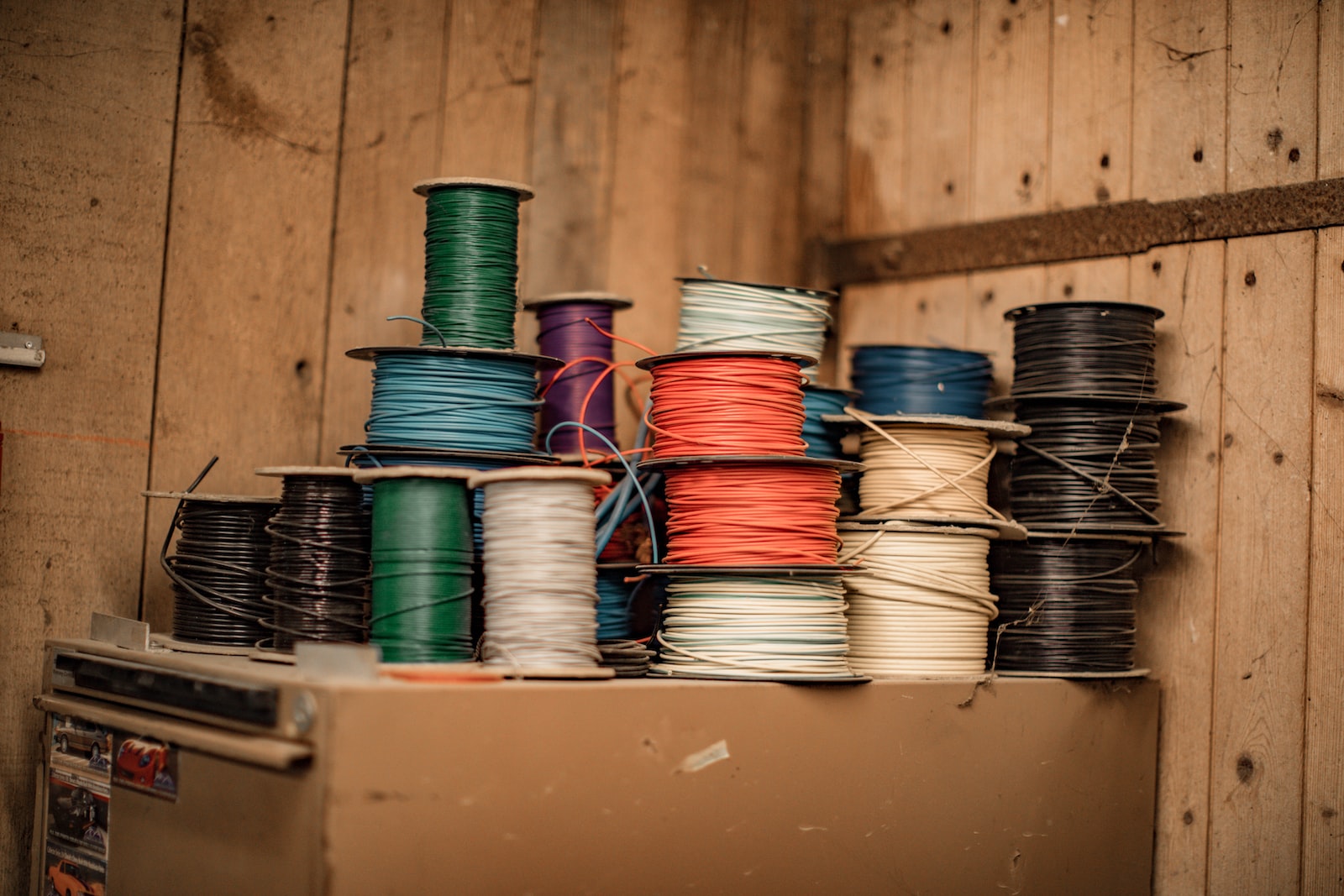Any network infrastructure must include twisted pair wires since they are crucial for data transmission. Classification of twisted pair cables can initially seem difficult. There are various performance levels and standards that must be taken into account depending on the application the cable is utilized for.
Twisted pair cables are an essential component of many electrical systems, used in a variety of applications to transmit data, voice, or even power. Twisted pair cable can be categorized in a variety of ways, depending on the specific requirements of a given application. The most common categorization is based on the type of insulation material and the number of wires used in the cable. The most common types of twisted pair cable include unshielded twisted pair and shielded twisted pair. UTP cables are available with either PVC or plenum insulation and typically have four pairs of twisted wires. STP cables are typically constructed with foil or braided shielding and are commonly used in industrial or commercial settings.
Determining The Need for These Types of Twisted Pair Cables In Various Network Installations
Networking capabilities are crucial for businesses to operate effectively in the current day, and twisted pair cabling is a vital component of many network systems. Twisted pair cables are a type of physical wiring composed of two insulated copper wires twisted together to prevent interference. This cabling is extensively used in local area networks to link computers, printers, and other equipment (LAN). Because of its price and versatility, it is a popular choice for enterprises. While twisted pair cabling is a good option for most network installations, it is not always the best solution.
When it comes to determining the need for twisted pair cables in various network installations, it is important to consider the various types of twisted pair cables available, their advantages and disadvantages, and their overall suitability to the network environment. Twisted pair cables are a type of network cable that consists of two insulated copper wires twisted together. This provides a higher degree of signal protection than a single wire, making them ideal for use in a variety of network applications. Twisted pair cables are available in a variety of sizes and, depending on the type chosen, can provide different levels of performance. For example, Category 5 cables are suitable for most home and business applications, while Category 6 cables are better suited for applications that require greater data transfer speeds.
Differentiating Between Shielded and Unshielded Twisted Pair Cables
The demand for dependable and secure data transmission has never been higher in today’s increasingly digital world. Choosing the right cable or wire for your application can be challenging because there are so many different options available. Twisted pair cables, which come in shielded and unshielded varieties, are one type of cable that is still in demand.
Shielded Twisted Pair (STP) cables and Unshielded Twisted Pair (UTP) cables are two varieties of twisted pair cables that are commonly used in structured cabling systems. Twisted pair cabling is a type of wiring used to transmit electrical signals from point to point and is the most common form of wiring used in telecommunication systems. The main difference between these two types of twisted pair cables is the presence of a shield. UTP cables do not have any form of shielding, while STP cables have an outer layer of metallic shielding, usually made of copper or aluminum. The primary advantage of STP cables over UTP cables is that the added shielding provides superior protection against electromagnetic interference (EMI).


